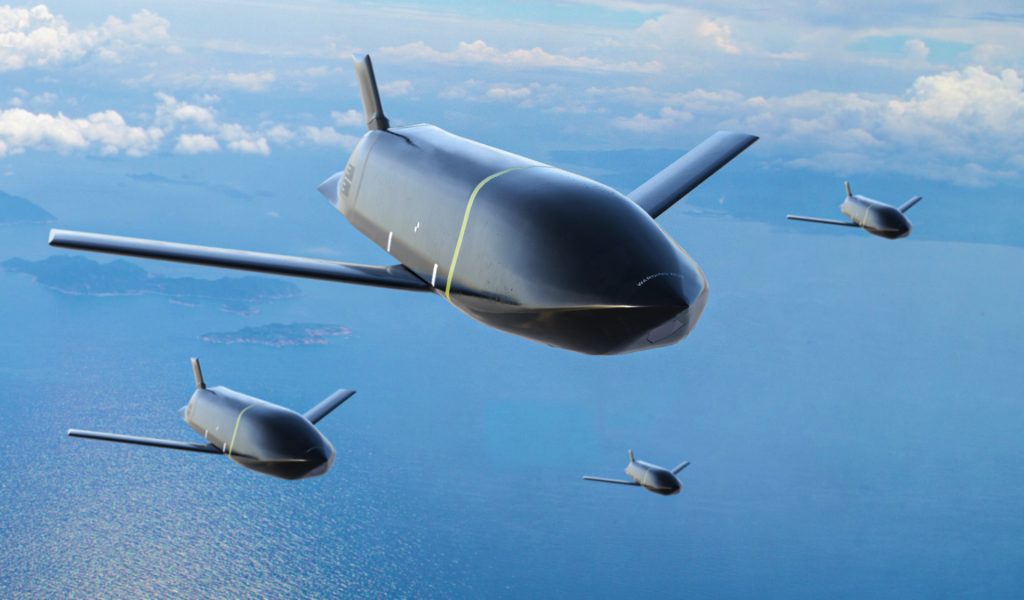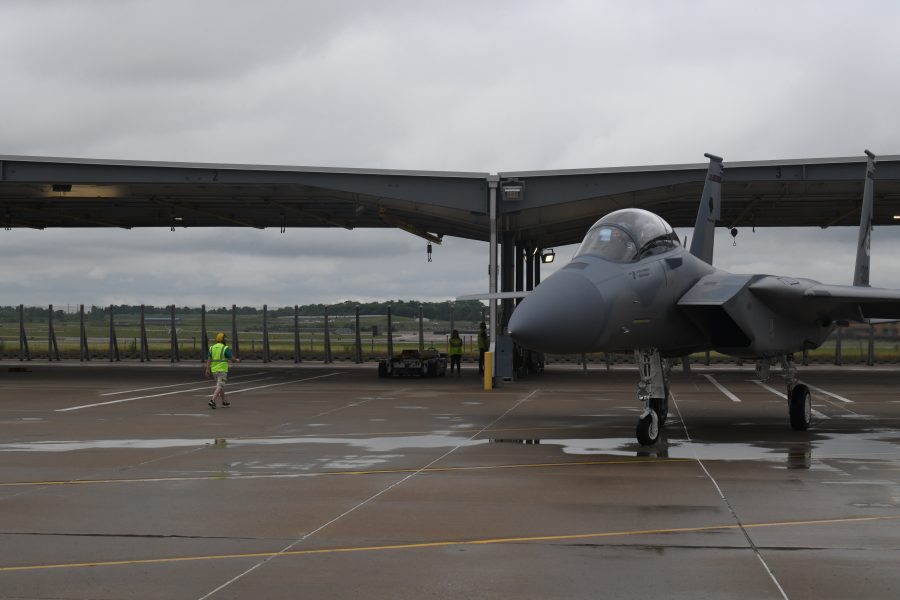The Senate Armed Services Committee filed its markup of the 2025 National Defense Authorization bill July 8, detailing for the first time how they would spend some $25 billion above and beyond past budget caps.
Among their extra wishes: six F-15EX fighter jets, on top of the service’s request for 18, at a cost of $690 million. The extra fighters were included in the National Guard Bureau’s unfunded priorities list.
The committee markup is still far from law. The measure must first pass the full Senate and then be reconciled with the House version. And even if the extra funds are authorized, it will take a separate appropriations bill is to actually fund the budget.
Still, the bill and the suggested funding levels demonstrate a bipartisan commitment to increased defense spending. The plus-ups include several items from the unfunded priority lists submitted by the services and combatant commands, as well as ideas of their own, some of which counter the stated preferences of service leaders.
Included from the Air Force unfunded priority list are nearly $753 million for spare parts (only about half the amount the service identified) and $153 million for “readiness spares packages, aviation support equipment, and munitions support equipment” that the Air Force wants to field nine “mission generation force elements”—essentially adding 208 combat-coded aircraft back into the Primary Mission Aircraft Inventory.
Other unfunded priorities the Senate committee would fund are:
- $105 million for 35 more Long-Range Anti-Ship Missiles (LRASMs) and $94 million for 34 Joint Strike Missiles, both requested by U.S. Indo-Pacific Command.
- $89.5 million for Pacific Air Forces to conduct “campaigning,” also requested by INDOPACOM
- $266 million for a biennial Agile Combat Employment exercise, also conducted by PACAF
- $88 million in technology and artificial intelligence initiatives for U.S. Central Command

The committee had its own priorities too. After announcing in June that it would move to block F-15E and F-22 retirements, the panel would provide funds to keep those fleets flying rather than allow them to be divested. The Air Force was blocked from retiring the aircraft, and would need those funds in order to avoid diverting funding from other programs.
The bill would add $419 million in procurement, operations and maintenance, and personnel funds to keep flying the 32 F-22s the Air Force wants to retire, and $300 million to keep 26 F-15Es flying.
The bill would fund six new HH-60W combat rescue helicopters, overruling Air Force plans to curtail production, and buy two new LC-130J ski-planes. It would also fund the purchase of 260 AGM-158 JASSM Joint Air to Surface Standoff Missiles.
The Senate measure provides an unexplained $201.5 million increase for the B-21 bomber program, and $400 million to accelerate acquisition for the E-7 Wedgetail.
But it wasn’t all plus-ups and joy for the Air Force. The Senate committee also approved a $240 million cut to the Air Force’s Survivable Airborne Operations Center, a $318.7 million to C-40 funding, and a $403 million reduction in funds for the troubled VC-25B “Air Force One” program.
